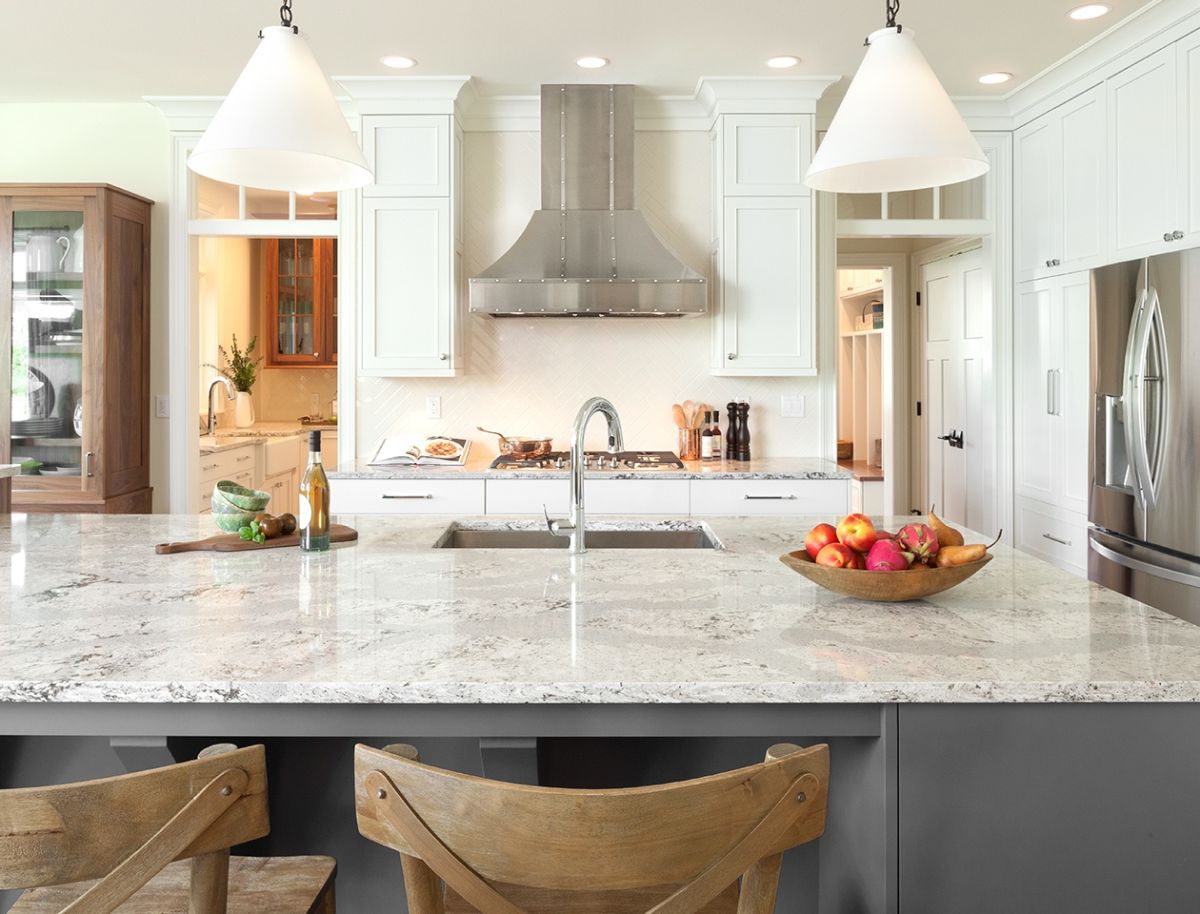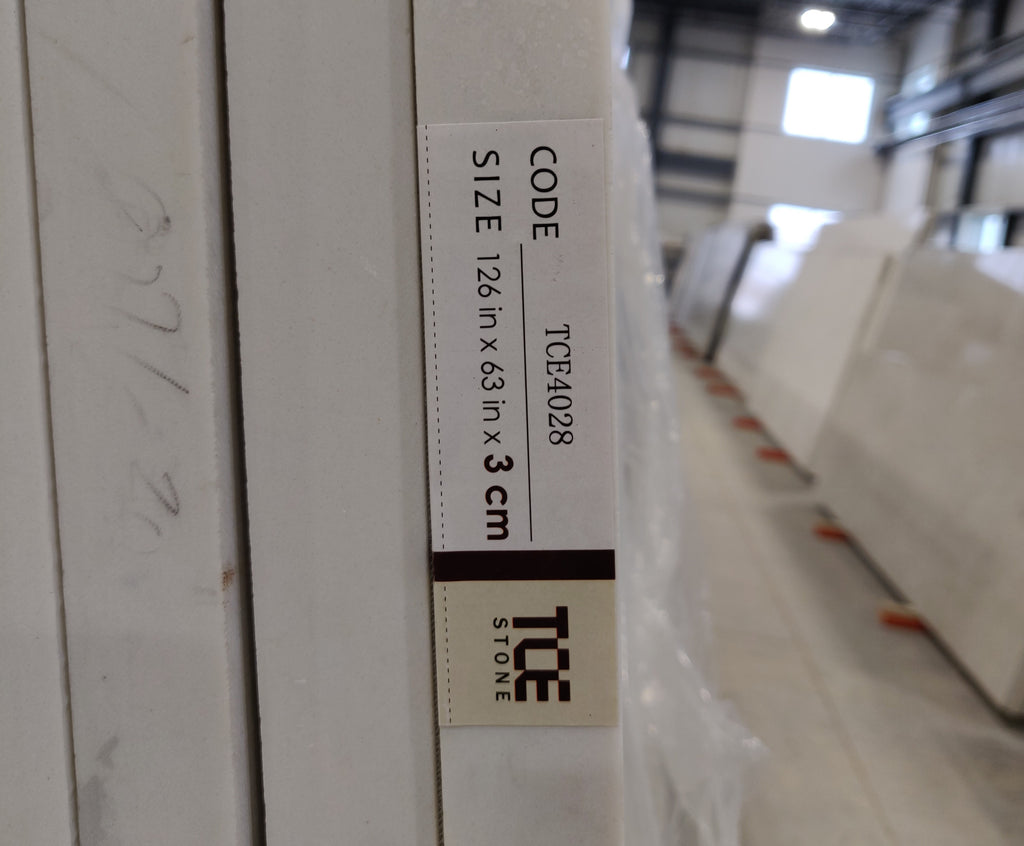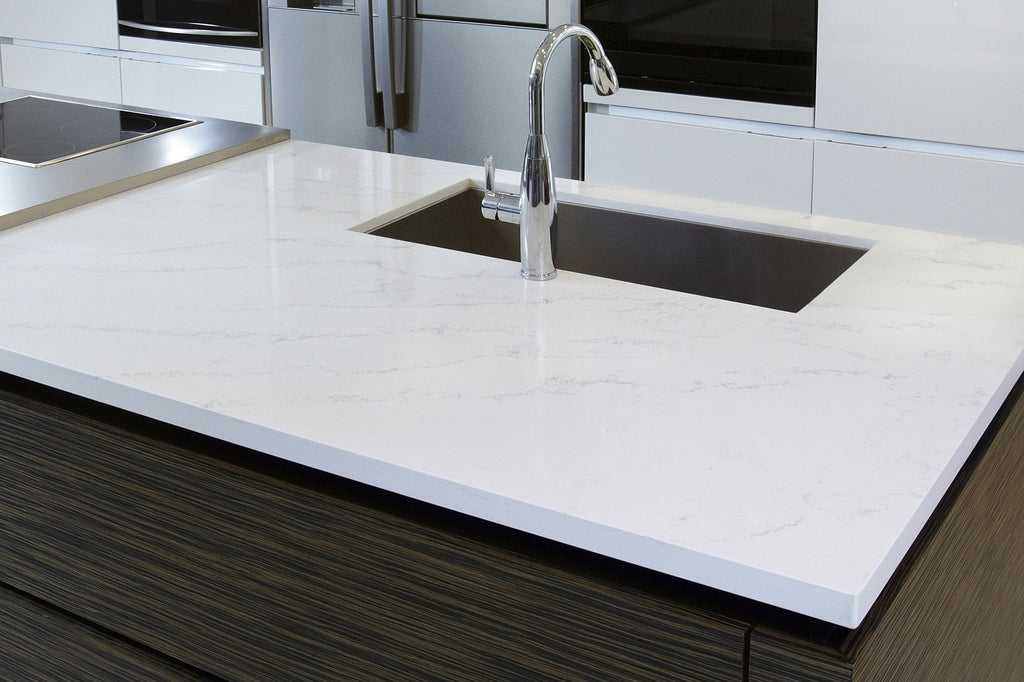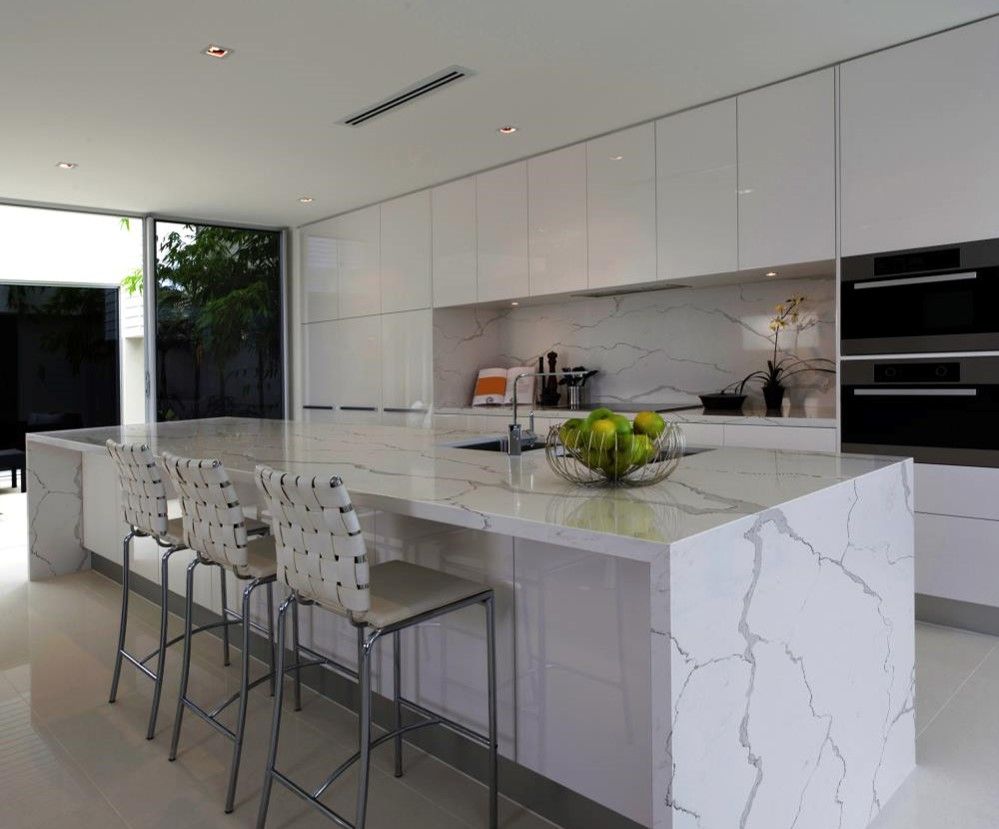
If you’re looking to upgrade your kitchen to feature a more modern look, quartz countertops can make a big impact.
They look 10x better than Formica/laminate, cost less than a new granite countertop, and are generally easier to maintain. Their surface is non-porous – meaning nothing leaks through, and you don’t need to seal it every few years.
However, actually buying the countertop is not as simple as you would think.
I recently went through the buying process for my own kitchen, and it unexpectedly became a real time-sucker.
Funny enough, it probably took me longer to buy my countertop than it did my car.
So to better prepare you/save you from this long and winding road, here are 6 things you should know when buying a new quartz countertop.
1) Request quotes from at least 5+ different suppliers. Prices WILL vary.
I had a pretty small project, but prices varied by as much as 55%.
Some retailers quoted me at $3250, where others were in at over $5k for the exact same slab.
My recommendation would be to stop by one of the retailers, and see all the different brands that they carry.
If they have a sample you really like, great, write it down.
If not, you can look up each of the brands’ catalogs online at home.
Your goal is to find the exact brand and model that you want, and ask each supplier for their pricing. That way you’ll be getting an apples-to-apples comparison.
You’ll quickly find out that most suppliers can import any slab – even if they don’t currently have it in stock.
You'll also find out which suppliers are out to get a chunk of your wallet, and which ones are priced more competitively.
Bonus tip: if you have a contractor working on your kitchen, ask him/her to see what they can do on pricing as well. Often contractors get a wholesale rate as opposed to your retail rate.
2) Are you ok with having a seam?
Different manufacturers offer different slab sizes. Some slabs will only be available in a regular size, where others might have a “jumbo” option.
The key is to know how long your widest piece needs to be, and compare it with the size of the slab. If the slab you’re looking at is shorter than your requirement, then you’ll need to have a seam – typically located near the sink.

Whether this will bug you or not is completely a matter of preference.
I personally don't mind it much, but if you know it will bug you, then you can start your search by ruling out any countertop that doesn’t have a JUMBO size option.
3) Beware of private-label brands.
This might have been the sneakiest thing to happen to me during my buying process.
I went into one of the retailer’s stores 90% ready to buy the slab I wanted.
However, I noticed that they were pushing me really hard to buy something different.
I was so confused as to why they were trying to push me away from a sale.
Eventually, they convinced me on another slab that I actually ended up really liking (called the Modena Calcutta Classic). It was also a couple hundred bucks cheaper!
A win-win… or so I thought.
Before I left the store, I took a picture of the code on the side of the slab, just so I could look up more pictures of it when I got home.

That’s when I realized that the “Modena” brand name was actually just a white-label version of TCE Stone – a Chinese brand.
I can’t personally speak to the quality of TCE, but I do know it costs significantly cheaper than quartz manufactured in North America.
So when I thought that the retailer was looking out for me and saving me a few bucks – they would actually be making much better margins selling this Chinese product in diguise.
Sneaky!
4) Everyone will have their own aesthetic opinion.
You’re going to get a lot of conflicting opinions on the countertop design you’re choosing.
One salesperson told me to avoid bright whites, and to go for something with more noise and a bigger vein.
The next person told me that bright white is more coveted, and that a more subtle vein will give my counters a cleaner, more minimal feel.

(Hanstone Tranquility... the countertop I ended up going with)
I even had salespeople from the same store give conflicting opinions.
This obviously made settling on a design a lot more difficult.
My recommendation would be to hear a few different opinions, but understand that it will ultimately come down to your own.
Go through Google images and Pinterest to find styles you like, take your time, and be confident in your decision 😊
5) Countertop thickness – 2cm or 3cm?
This was one of the more confusing aspects of choosing a countertop.
You would think that thicker would always be better, right?
This made me surprised to learn that some manufacturers only offered the 2cm thickness.
I still wouldn’t consider myself an expert on this topic, but here’s what I learned:
3CM is obviously thicker and can bear more weight.
2CM can be used to achieve a Euro-inspired slimmer profile. However, some fabricators can double the edges, sometimes making the 2CM countertop actually appear thicker than the 3CM.
I also found 2CM to cost a bit less than 3CM variants.
So in the end, I don’t think going with one over the other makes a huge difference.
I personally went with the 3CM as that was the only thickness my slab was available in, but I would’ve been perfectly fine going with the 2CM as well.
6) Quartz isn’t just for countertops.
After browsing through modern kitchens on Google, I discovered that quartz can be used for more than just the countertop.
A modern trend is to extend the surface vertically – through a waterfall and/or backsplash.
I had no idea this was possible when I first started my search.


It’s a good thing to be aware of before placing your order, as the best time to get it done is of course at the same time as the rest of your countertop.
--
I hope this article will help you simplify your buying process a bit.
While I have learned almost all of this over the past couple weeks, feel free to let me know if you have any questions in the comment box below.
I’ll likely have another article on the durability, maintenance, and stain-resistance of a bright white countertop in the coming weeks.
Hopefully I don’t need too many lessons there.
Thanks for reading!

